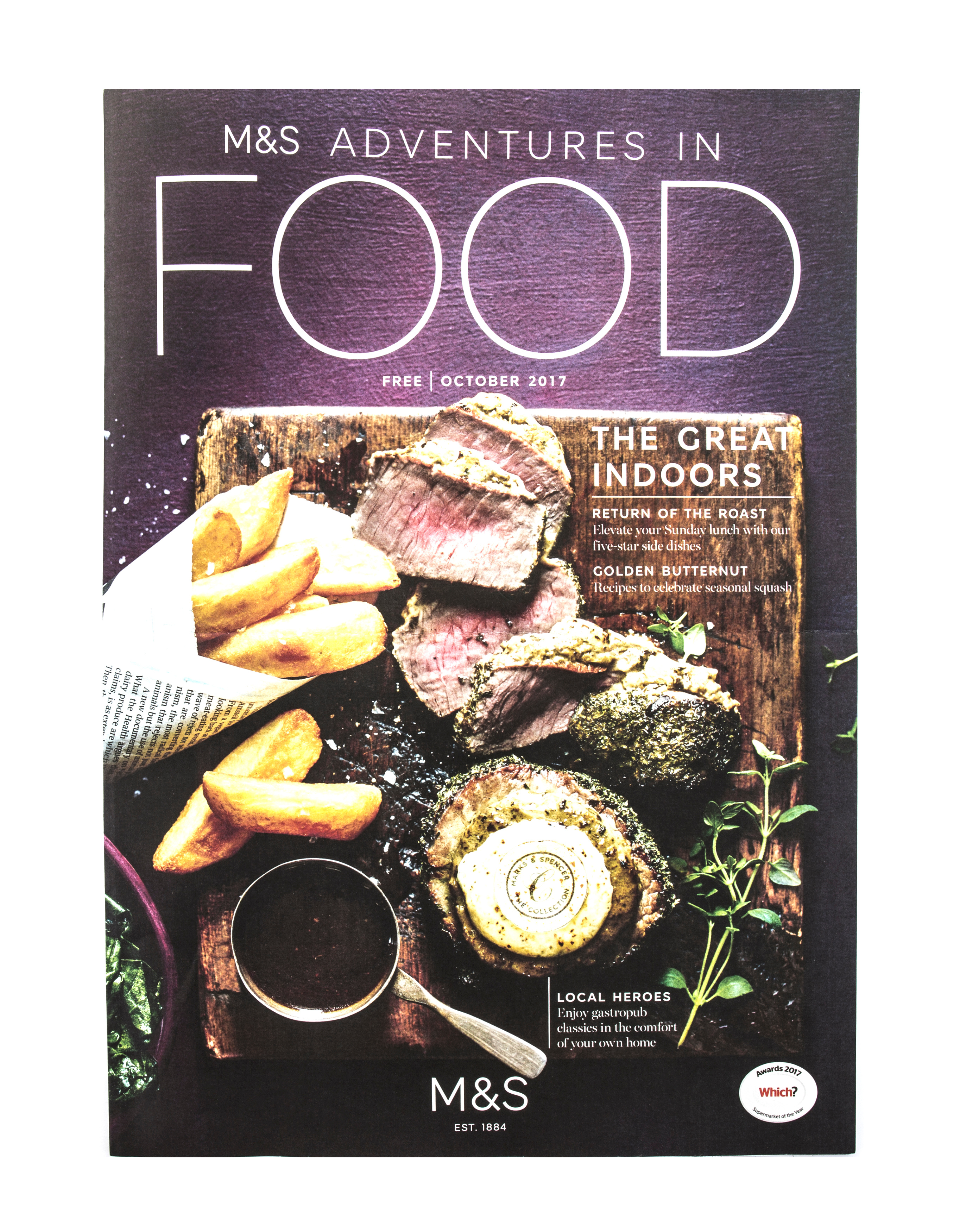Everyday Digital: Content
Content online can come in an almost endless variety of ways.
There's the obvious stuff, like music and podcasts, TV and movies, videos, articles and games. But there are newer content forms all the time, from live streams to NFTs and virtual reality. Even the T-shirt a celeb wears in a social post can be content.
And it's not just something we consume. We are also creating it all the time, too. The last time you sent a text or email, that was content.
All very well. But most online content is also designed to affect you in some way. It can be an advert for a charity that pulls at your heartstrings so you donate. It can be a 'clickbaity' video that wants you to subscribe to a channel. It can also be misinformation (something that is incorrect) or disinformation (something deliberately designed to deceive you).

Read between the lines
In day-to-day life, we naturally tend to read between the lines about situations and ask what’s really going on. For example, if the parent of your child’s friend acted a bit funny at the school gates, you'd probably start to wonder why. Did I say something? Has my child done something? What is the reason?
Similarly, reading between the lines can help you ask the right questions about content. What might content be trying to get you to do or make you feel?
Do you know and trust where the content has come from (or in other words, the source)? It’s about checking facts and staying alert. Not just when something is bold or outlandish, but regularly and across lots of different online spaces.

Three easy content habits
#1 – Ask yourself ‘What?’ and ‘Why?’
Start to practise asking yourself questions about content – what something you’ve seen or read wants you to do or feel. It doesn’t even have to be online content. It could be reading a kids' book, or a song on the radio. A good example is the free magazines you find in supermarkets. How does the cover make you feel when you see one? Hungry, probably. And if you're hungry in a supermarket, what are you likely to do? Buy more food!

You can repeat this way of questioning content as many times as you like. Start small, and try gradually increasing how critical you are.
#2 – Branch out
One way to have more confidence in the content that you consume is to actively look for more of it.
Try engaging with different and diverse sources of content that you wouldn’t normally. It can be anything from a social account to a news website.
Set yourself a weekly challenge of browsing a news website you don’t often visit or following an account which you don’t always agree with. Whatever it is, try and test new content.
#3 – Try a little edit
This is the opposite of branching out. Actually, all it involves is occasionally having a little trim of some content you regularly engage in.
If you’ve come to get a bit fed up with something – maybe a site that has annoying advertising pop-ups or a group where it’s more negative than positive – then get rid of it or stop visiting.
This doesn’t need to be a non-stop process, but at the end of each month, ask yourself what accounts or channels you could do without.
Read more
Everyday Digital from Parent Zone builds simple but effective habits that make you feel more confident and in control of whatever your family does online.
Sharing isn’t always caring – to look after your data online.
Be streetwise – to better understand the content and the places you go online.
Back in the real world – being aware of the consequences in the real world.
Live your best life – making the internet a more positive place.
If you want advice on specific platforms or other topics covered in this article, visit the Parent Zone Library.


 Previous Article
Previous Article 